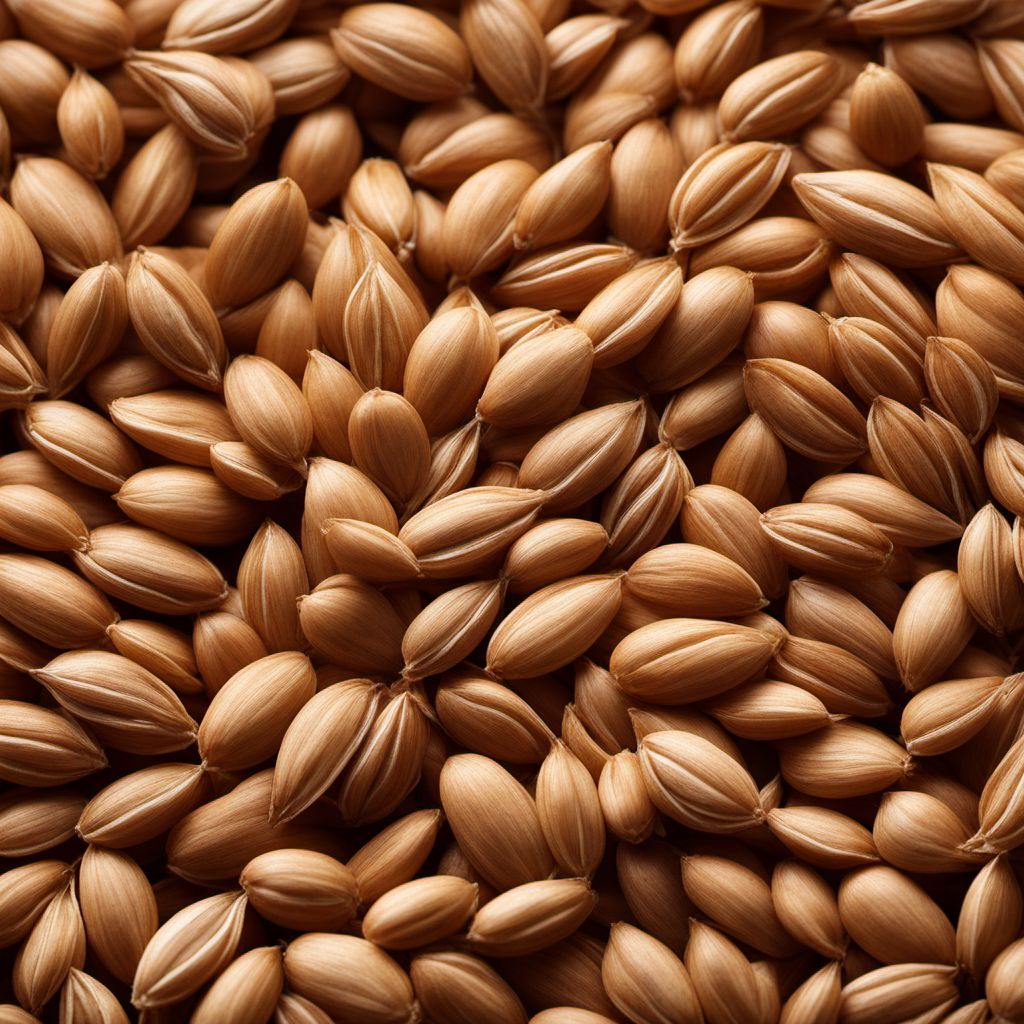
Ingredient
Spelt grain
The Ancient Nutritious Grain
Spelt grain is a versatile grain with a chewy texture and a nutty, slightly sweet flavor. It is often used as a substitute for wheat in baking and cooking. Spelt flour can be used to make bread, pasta, and other baked goods.
Origins and history
Spelt grain has a long history and is believed to have originated in the Middle East. It was one of the first grains cultivated by ancient civilizations and has been an important staple food for centuries. Spelt fell out of favor with the rise of modern wheat varieties but has recently experienced a resurgence in popularity due to its nutritional value and unique flavor.
Nutritional information
Spelt grain is a good source of fiber, protein, and various vitamins and minerals. It is also easier to digest compared to modern wheat varieties. A 1-cup serving of cooked spelt grain provides approximately 246 calories, 10 grams of protein, and 8 grams of fiber.
Allergens
Spelt grain contains gluten and is not suitable for individuals with gluten intolerance or celiac disease.
How to select
When selecting spelt grain, look for whole grain spelt berries that are plump and free from any signs of mold or insect damage. Avoid spelt that has a rancid or off smell. Store spelt grain in an airtight container in a cool, dry place to maintain its freshness.
Storage recommendations
To store spelt grain, keep it in an airtight container in a cool, dry place, away from direct sunlight. Stored properly, spelt grain can last for up to a year. Cooked spelt grain can be stored in the refrigerator for up to 5 days or frozen for longer-term storage.
How to produce
Spelt grain can be grown by amateur gardeners, but it requires specific growing conditions. It prefers cool climates and well-drained soil. Sow the seeds directly in the garden or start them indoors and transplant them once the seedlings are strong enough. Regular watering and fertilization will help promote healthy growth.
Preparation tips
To prepare spelt grain, rinse it thoroughly and then cook it in a ratio of 1 part spelt grain to 2 parts water or broth. Simmer the grain for approximately 45-60 minutes, or until it is tender but still chewy. Use cooked spelt grain as a base for salads, soups, or as a side dish.
Substitutions
Quinoa or farro can be used as substitutes for spelt grain. Both grains have a similar chewy texture and nutty flavor. However, they may require slightly different cooking times and liquid ratios.
Culinary uses
Spelt grain can be used in a variety of culinary applications. It can be used to make bread, pasta, pancakes, and other baked goods. Cooked spelt grain can be added to salads, soups, or used as a side dish. It pairs well with vegetables, herbs, and various proteins.
Availability
Spelt grain is commonly available in health food stores, specialty grocery stores, and online. It is cultivated in various regions around the world, including Europe, North America, and Australia.
More ingredients from this category
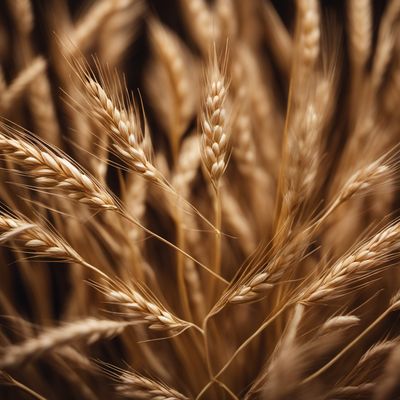
Tritordeum
The Golden Grain: Unveiling the Wonders of Tritordeum

Khorasan wheat grain
The Ancient Nutrient
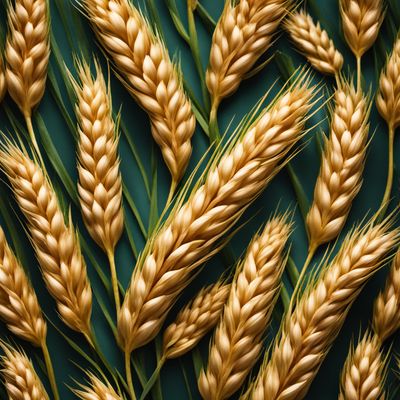
Other species of genus Triticum, not elsewhere mentioned
Ancient Grains: Exploring the Lesser-Known Triticum Varieties

Einkorn wheat grain
Ancient Grains Rediscovered: Einkorn Wheat
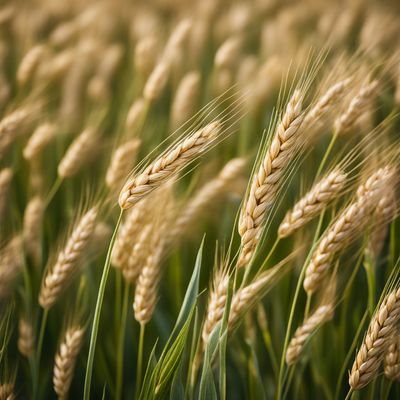
Durum wheat grain
The Golden Kernel
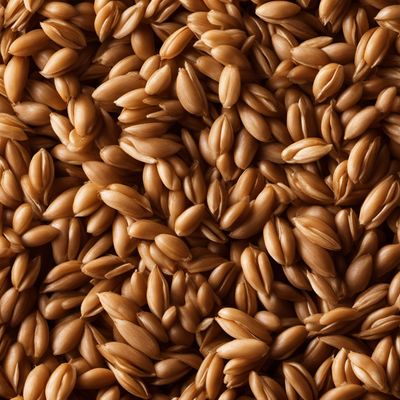
Emmer wheat grain
The Ancient Grain: Emmer Wheat
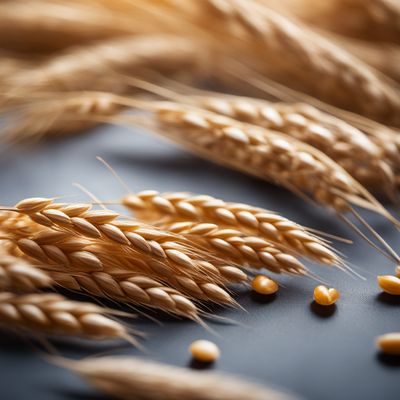
Common wheat grain
The Versatile Staple: Common Wheat Grain
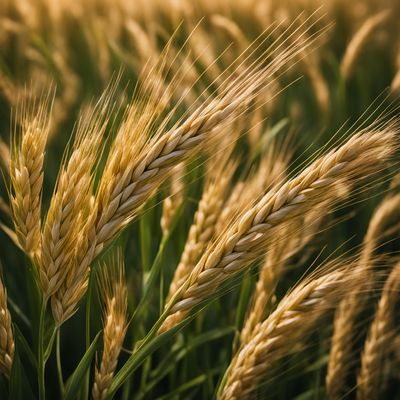
Triticale grain
The Versatile Hybrid: Triticale Grain